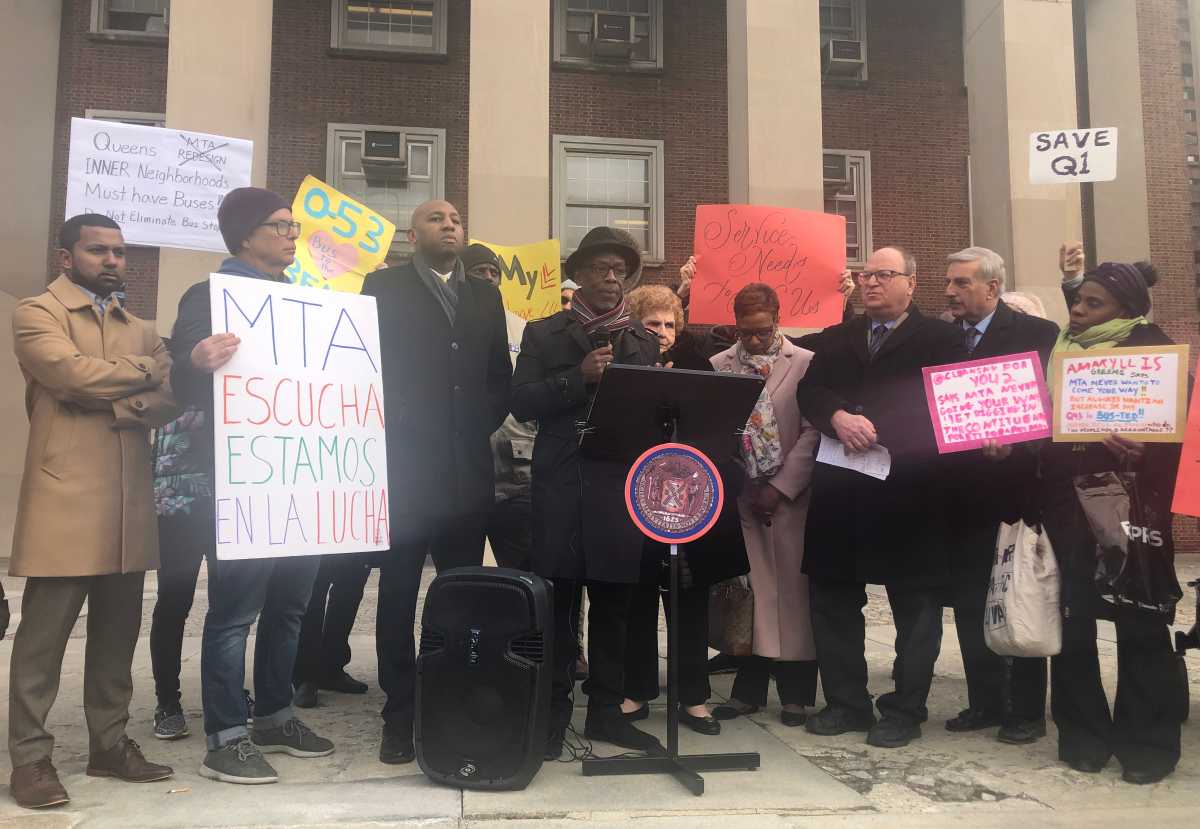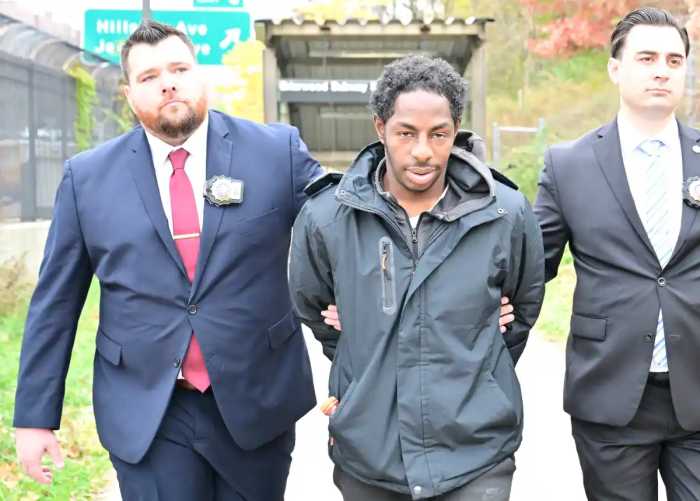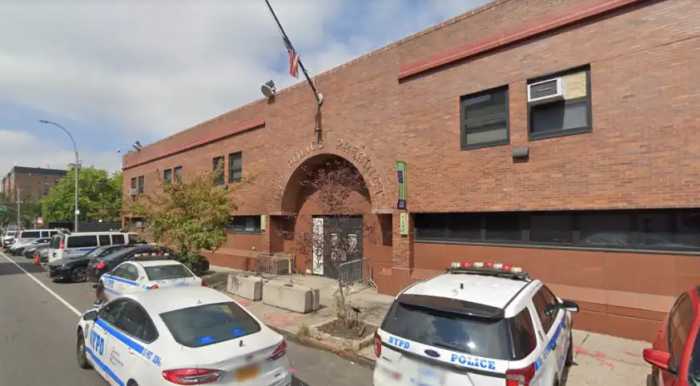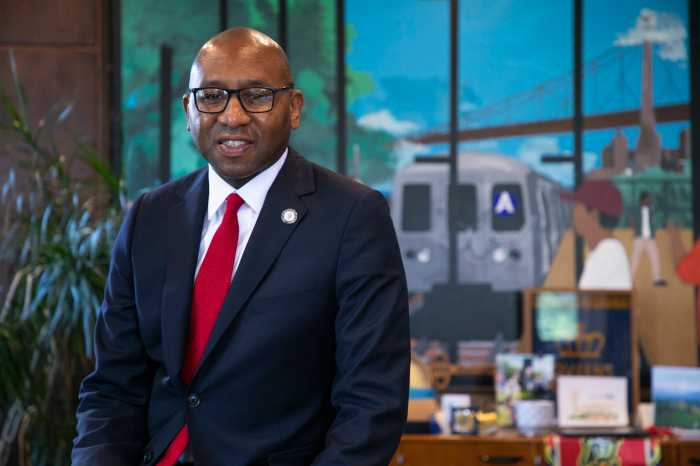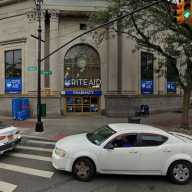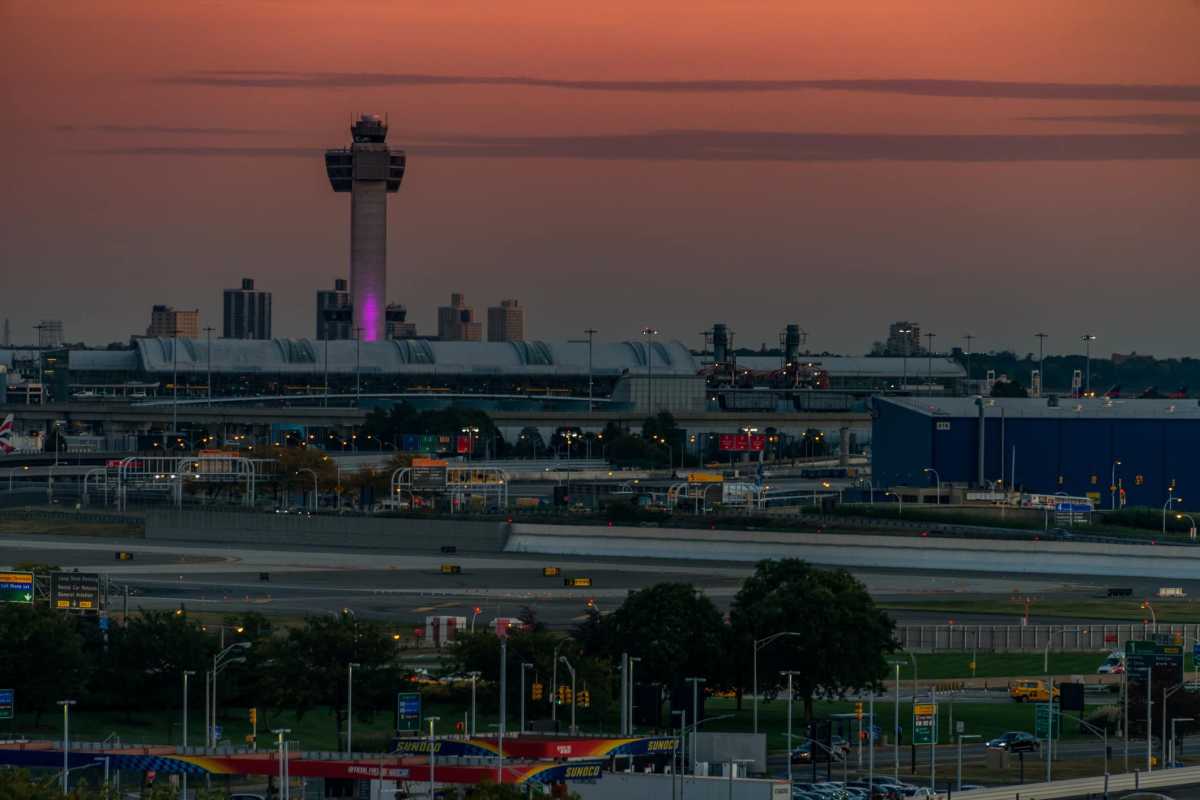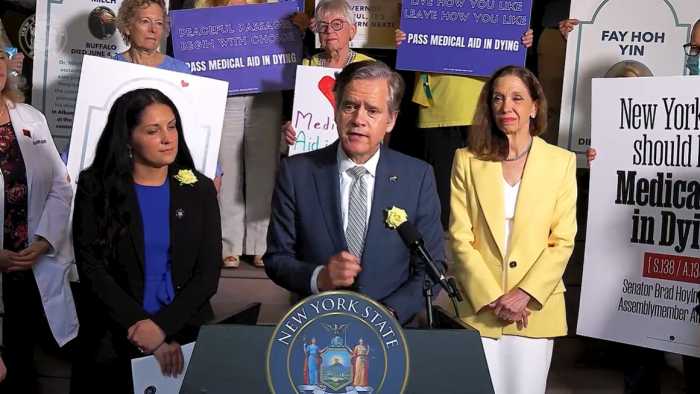The Queens delegation of elected officials, along with transit advocates and community members, are banding together against the Metropolitan Transportation Authority (MTA) and demanding a revised inclusive and comprehensive Queens Bus Network Redesign Draft Plan, which has received negative public feedback.
The lawmakers stood on the steps of Borough Hall at 120-55 Queens Blvd. on Friday, Jan. 31, to send a clear message to the MTA: “The Queens Bus Network Redesign Draft Plan doesn’t work.”
“When you look at this plan and every corner of Queens that has held public hearings, this plan has united all of Queens,” Councilman Donovan Richards said. “The MTA has come back to us with a flawed plan that only decreases service. To get from southern Queens to northern Queens, it’s mission impossible right now.”
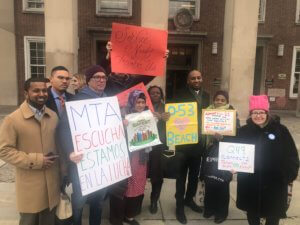
After releasing its draft plan to redraw the Queens Bus Network for the first time in 100 years when they were converted from the old trolley lines at the turn of the 20th century or consolidated from private bus companies that began serving Queens in the 1910s, the MTA had announced a series of workshops throughout the borough for public feedback.
The transit agency has increased its efforts to an “unprecedented level of outreach,” adding more public feedback meetings in the coming months in an attempt to mollify Queens bus riders.
The new system will better serve customers, shorten commute times, speed up buses, increase inter-modal connections and provide more frequency and choices to travel within the borough and to Brooklyn, Manhattan and the Bronx, according to the MTA.
“This plan was designed to include the least amount of folks as possible,” Councilman I. Daneek Miller said. “The forums were held simply as informational instead of tables and they asked for ideas. Well, if you’re just a bus rider and don’t understand the nuances and planning and headways that go into it, then your ideas are just ideas.”
Miller added, “We’re not opposed to an improved new bus network, connectivity and transportation equity, absolutely not. Certainly, this is an opportunity to fix the system that is old, that is antiquated, and suppresses Queens and makes it an outer borough. We want a system that connects us, that is safe, efficient and moves the people too and from in a manner that they deserve, and so, they haven’t done that.”
Meanwhile, other elected officials such as Councilmen Barry Grodenchik and Robert Holden reiterated the changes that will impact transit-starved communities in their district, as well.
“We understand that this is a work in progress, but we’re not seeing the progress,” Grodenchik said. “They want us to get out of our cars, but 90 percent of the households in my district have a car. There’s a reason for that, it’s because the mass transportation in my district is terrible. They’d like to come into Forest Hills, go into Flushing and downtown Jamaica by bus, but it’s not convenient and timely, and the plan does not advance it.”
Some Queens residents who were optimistic about the Queens Network Bus Redesign Plan have changed their tune after viewing the draft plan.
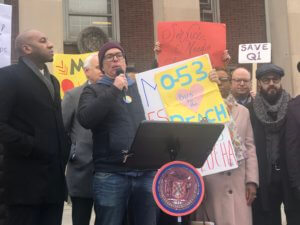
“I thought we’d get better buses. The SBS is faster and better, and instead this plan cuts that bus service that so many people rely on … I was very upset,” said Jim Burke, a resident of Rockaway Beach, who takes the select bus service (SBS) to Jackson Heights. “One of the most important things they forget is that we have a large elderly population. You’re removing their independence and taking away their freedom, as you are with the mothers of kids and parents with strollers, and the same thing with our mobility impaired population.”
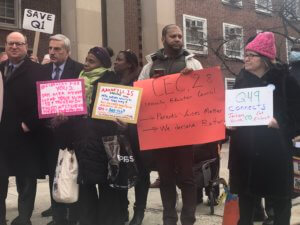
Forest Hills resident Grace Pellicano, 77, who relies on a Roll-Aider due to health issues where she cannot walk for a long time or distance, said she depends heavily on the Q23.
“I take my granddaughter to school in the morning at P.S. 144, shop for my medical supplies and to visit my family,” Pellicano said. “I use the Q23 for unlimited distance between Continental and Queens Boulevard up to Metropolitan Avenue. I also use it to get to my volunteer job at the library. The bus ride is just a few minutes and it’s up a hill and a distance for a disabled elderly person to struggle with.”
Without the Q23, Pellicano said, she would have to take an Uber or Lyft service to visit her family and to go shopping on Metropolitan Avenue.
Richard David, resident and district leader of the Democratic Party in South Ozone Park and Richmond Hill, said the plan needs to be more community-centric.
“This plan makes it worse. For example, the Q112, there are three stops in 40 blocks and that’s insane. I don’t think it speeds up the bus traffic because there is still traffic on the roads,” David said. “With Queens coming together, we have a chance to actually get the MTA to be a little bit more responsive to the community, historically they have not cared about this community, about Queens.”

